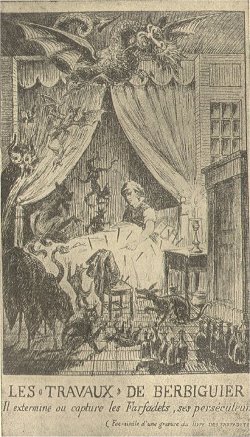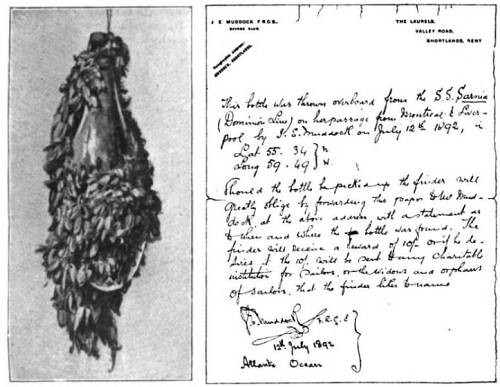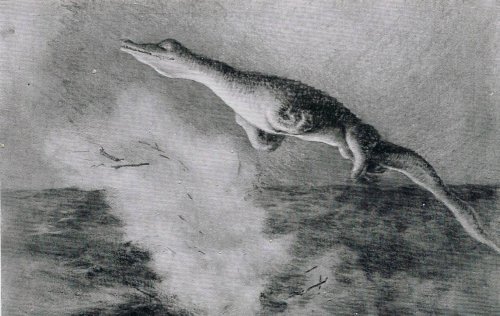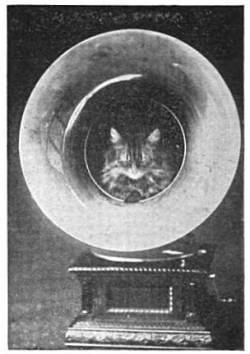
In 1898, 23-year-old Cambridge dropout Ewart Grogan found himself with a problem: He was in love with a rich girl, but her father forbade her to accept. So Grogan proposed to prove himself by making the first-ever transit of Africa from south to north.
He set out from Cape Town and spent two years struggling north through largely unexplored East Africa. Along the way he negotiated lions, cannibals, volcanoes, war, illness, exhaustion, and 400 miles of swamp, but in 1900 he wired Gertrude: “Have reached Cairo. My feelings just the same. Anxiously await your answer. Make it yes. Love, Ewart.” She wired back, “My feelings also unchanged. Am waiting for you. Gertrude.” They were married seven months after his return, and Grogan inscribed a copy of his bestselling account of the trip to his new father-in-law.
In 1932 Imperial Airways invited Grogan to repeat his trans-African journey, this time by air. What had taken two years now took eight days. “It seems beyond belief that a man could have that double experience in a lifetime,” he told the Daily Express. “It shows how fast the world is moving.”





